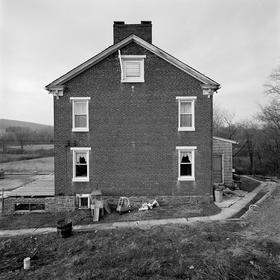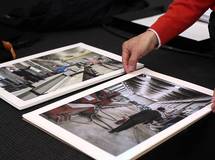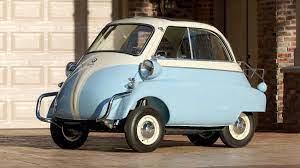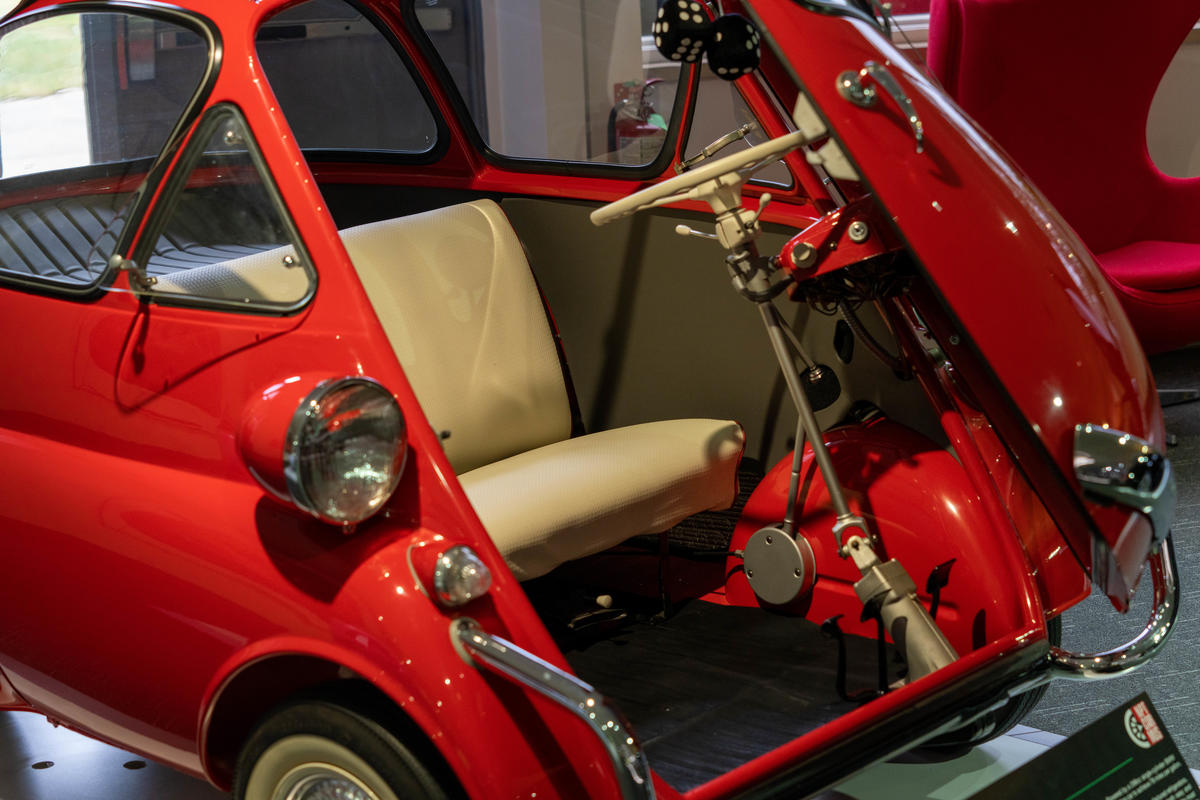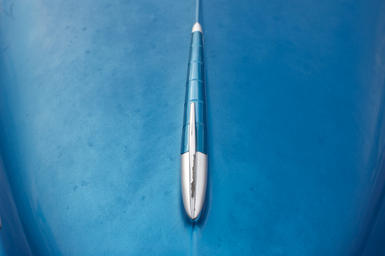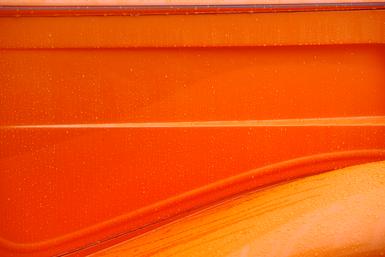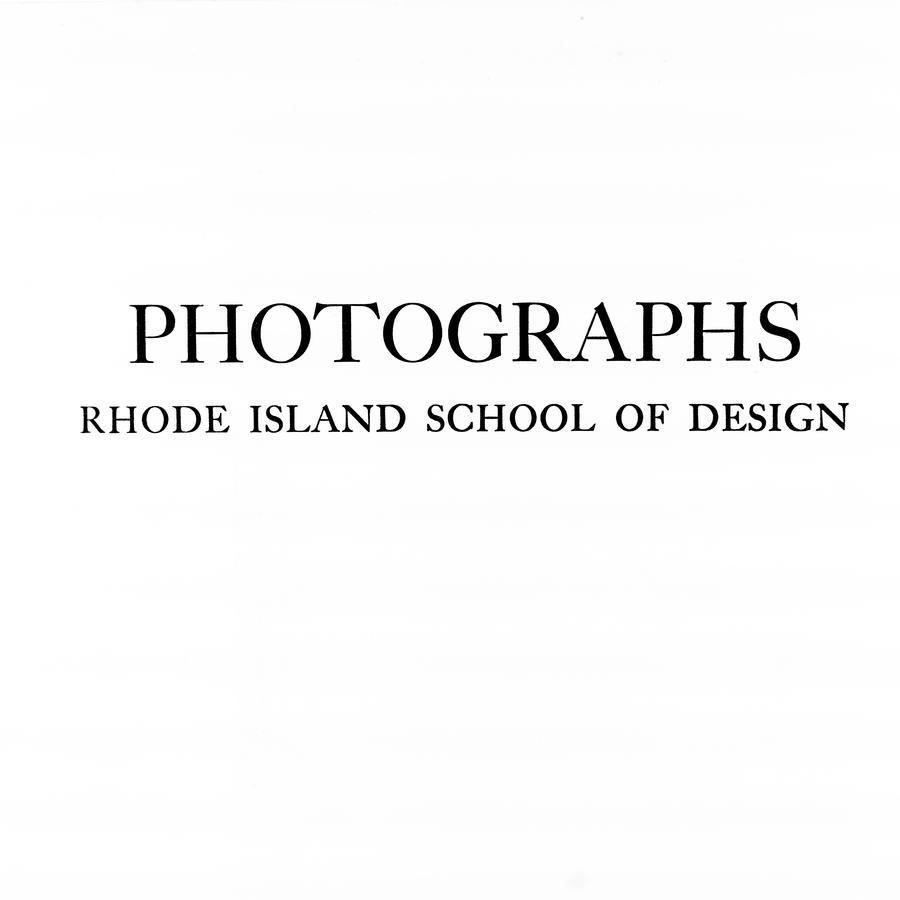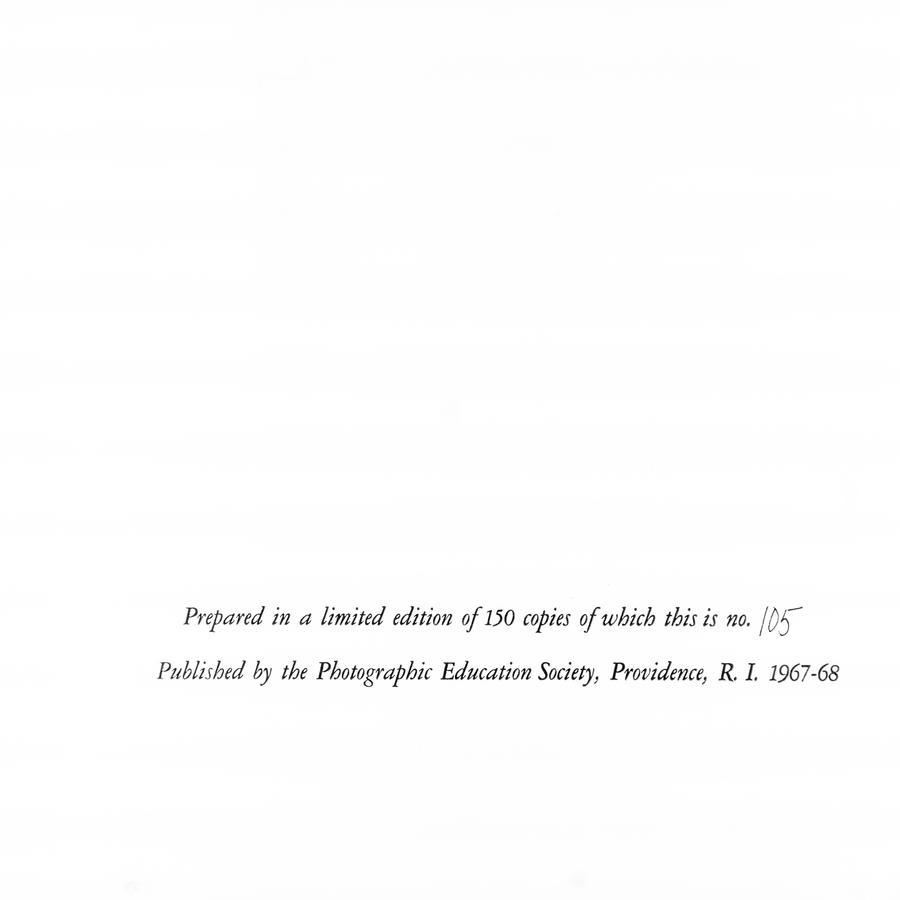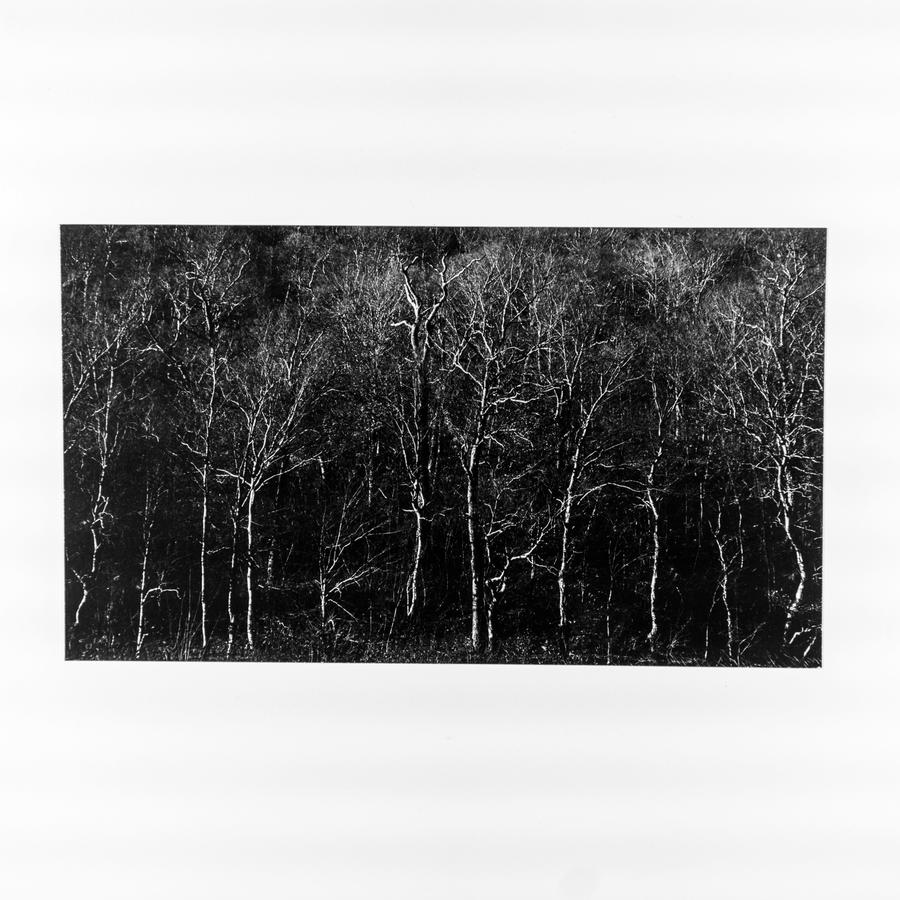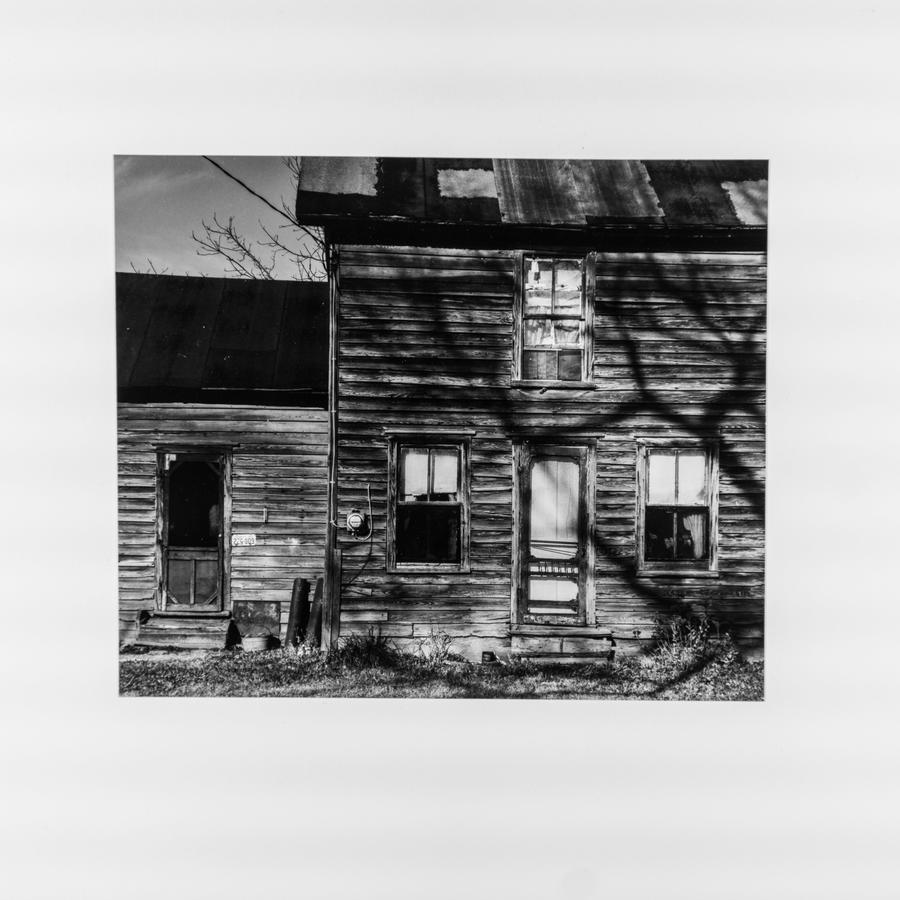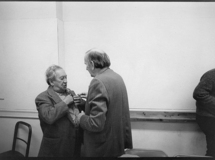Note: I wrote this a few weeks ago when this concept was front and center on my mind. It is not so much there now, after several texts with a close friend where we effectively put it to bed. Read on.)
Going out on a limb here as this is new for me.
The concept of “Cultural Marker” or “Cultural Placeholder”, the idea is that the work will have its place in our culture in the future. Can our work be used down the line as a way to place it in the time in which it was made? Can future historians turn to it and peg it as being made in a certain time frame? This might entail some tech, looking at photography in this stage of its development, but also aesthetics. I know, pretty abstract. Is there something inherently in the work that speaks to the time in which it was made? For instance, I know that pictures I made in the 70’s look dated and different than pictures I make today. And last, if the work is preserved, why would anyone choose to highlight mine for cultural place holding over someone else’s?
Presumably, there would be a perspective on one's work that pegs it as being from a certain era. For instance, early photography could be a cultural marker by all of it being in black and white before the discovery of color. Of course, there would be many subcategories such as Asian or European origination, technological ones like progressing from glass plate negatives to polyester plastic negatives, or later, to digital capture. But, if your work became used as a cultural marker in the future what was it that made yours unique and stand out as an embodiment of the time, place and culture in which it was made?
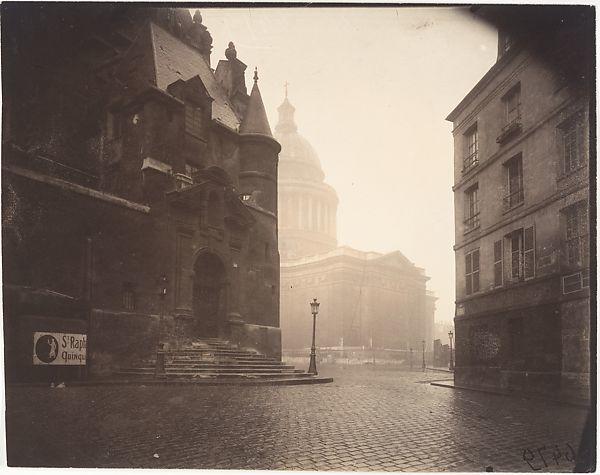 Eugene Atget, Paris. Atget, obviously a hugely important cultural placeholder.
Eugene Atget, Paris. Atget, obviously a hugely important cultural placeholder.
Taking this one step further, could work be made for the purpose of it becoming a cultural placeholder? Photographing content that sits squarely in the crosshairs of "now", such as new buildings, or new cars, or new fashion styles? Presumably, a picture of Donald Trump would place us firmly in our particularly twisted and perverse present.
But, where's the art in that, I wonder? As I think this through as I write the piece, there is a "time capsule" character at play. Put present-day content in a sealed box, bury it and direct it to be opened in 100 years. This gets us into the realm of conceptual art, where the idea is as important as or more important than the final result.
What fun to go down this path. Are your pictures made with the significance of a cultural marker in mind? What are your thoughts about your work's relevance and importance in the overall scheme of things? Safe to say many of us just don't care. We'll be dead and gone so what's it matter? Fine. But who's to say whether it should be preserved or not?
In the end, I arrived here: I cannot predict or say whether or not my work will have any significance after I am gone, as a cultural marker or anything else. All I can do is the best that I can, never letting shoddy work or sloppy thinking prevail. Keep the work at its highest level, do not compromise standards, and push on with new ideas and new forms of execution.
You? Comment below.

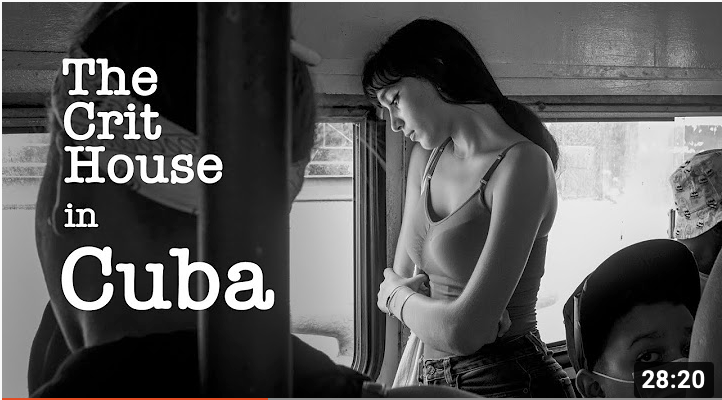
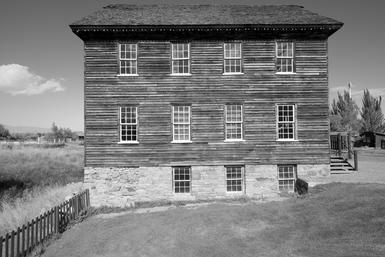

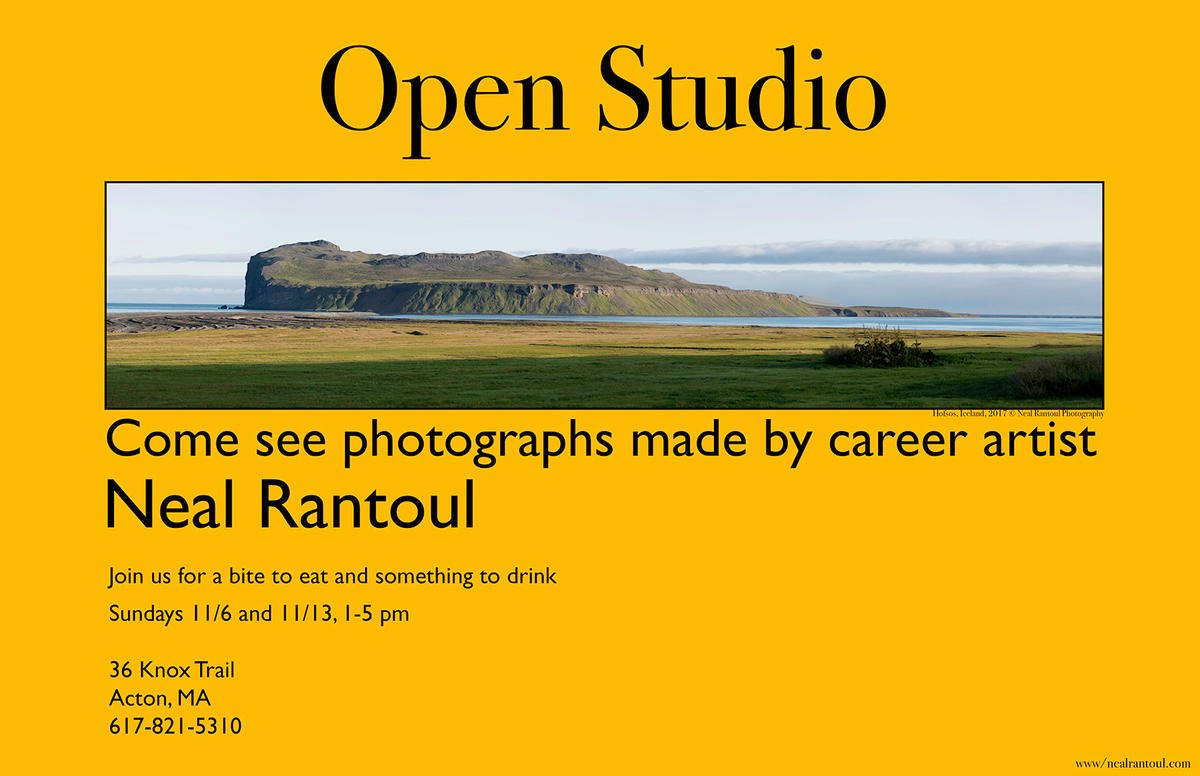
 Eugene Atget, Paris. Atget, obviously a hugely important cultural placeholder.
Eugene Atget, Paris. Atget, obviously a hugely important cultural placeholder.